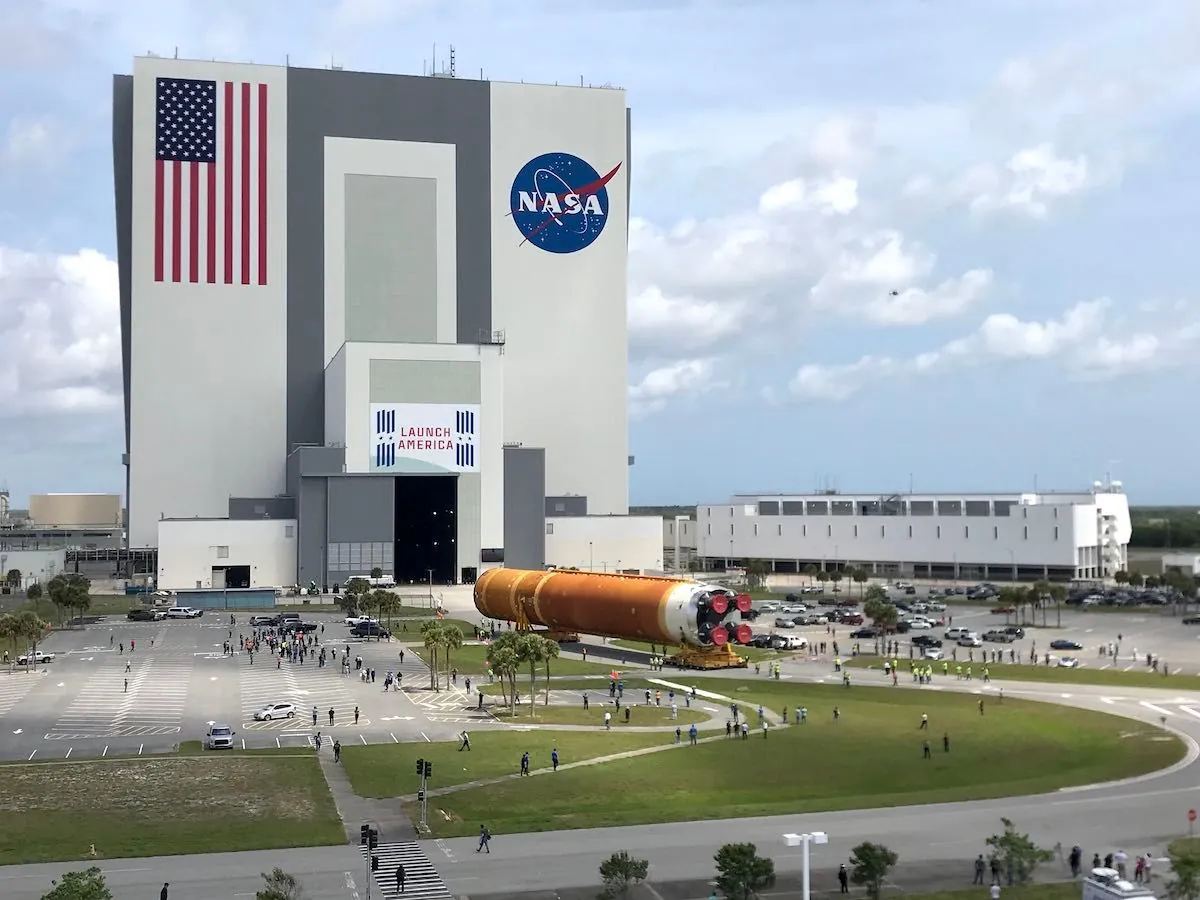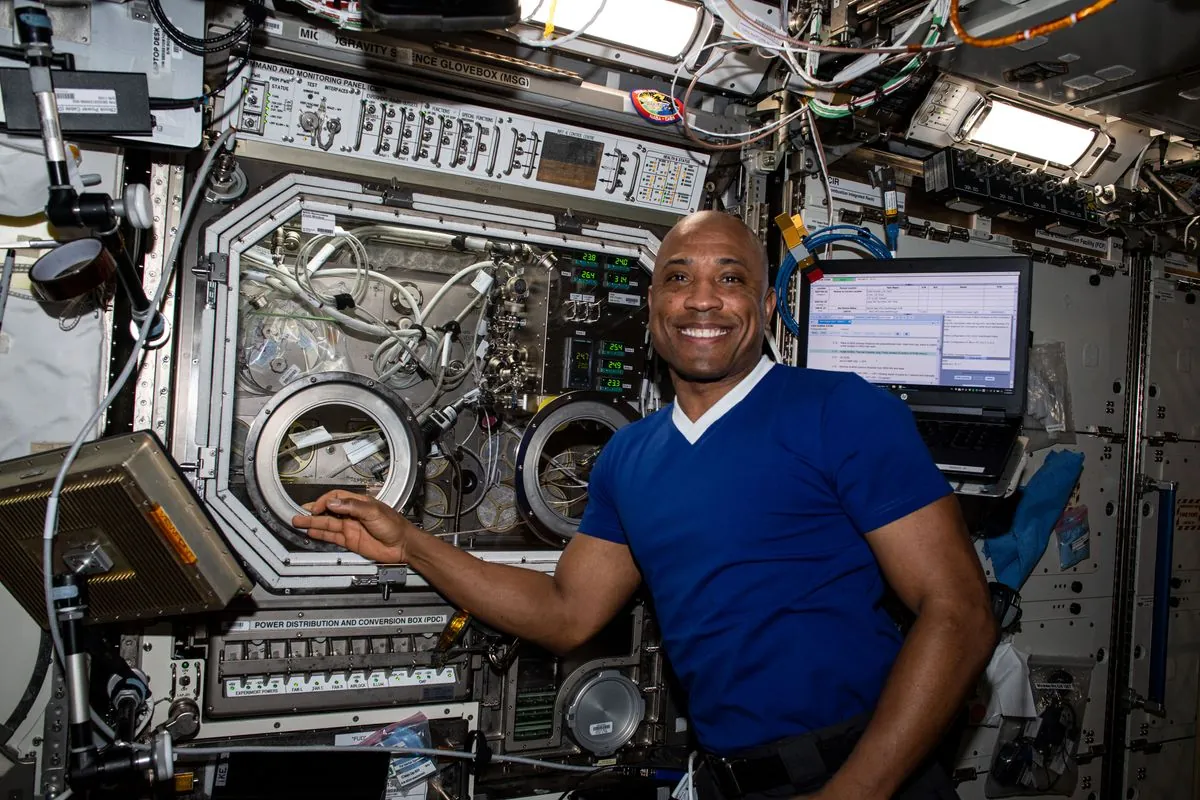NASA Faces Crossroads: Balancing Ambition with Aging Infrastructure
A new report highlights NASA's challenges in maintaining its status as the world's premier space agency. Aging infrastructure and workforce issues threaten long-term success, calling for strategic planning and potential mission prioritization.

NASA, celebrating its 66th anniversary in 2024, finds itself at a critical juncture. A comprehensive report titled "NASA at a Crossroads," published by the National Academies of Science, Engineering and Medicine, underscores the agency's pressing challenges.
The report, compiled over 14 months, reveals a concerning mismatch between NASA's ambitious goals and its available resources. With a budget of approximately $25 billion, representing less than 0.5% of the federal budget, the agency struggles to maintain its aging infrastructure while pursuing groundbreaking missions.
Norman Augustine, the report's lead author and former Lockheed Martin CEO, emphasizes the need for strategic long-term planning. He suggests that NASA's focus on current missions, while understandable, may compromise future success.

The agency's achievements are undeniable. Since its establishment in 1958, NASA has led humanity's exploration of space, from the Apollo moon landings to the ongoing occupation of the International Space Station since 2000. Its robotic missions have revolutionized our understanding of the solar system and beyond, with probes like Voyager 1 venturing into interstellar space.
However, the report highlights several critical issues:
- Aging infrastructure beyond its design life
- Loss of experienced personnel to retirement and private industry
- Inadequate budgets for complex missions
- Potential loss of in-house expertise due to reliance on private contractors
Bill Nelson, NASA Administrator, acknowledged the report's findings, stating that it aligns with current efforts to address these challenges.
The agency's ambitious Artemis program, aiming to return humans to the Moon by 2025, exemplifies the tension between NASA's goals and resources. This echoes past challenges, such as those identified during the Obama administration's review of the agency's strategy.
"It will have trouble hiring innovative, creative engineers. Innovative, creative engineers don't want to have a job that consists of overseeing other people's work."
The report suggests two potential solutions: increased congressional funding or the difficult decision to cancel or delay costly missions to invest in strategic needs like technology development and workforce training.
As NASA navigates these challenges, it must also contend with growing international competition, particularly from China's robust space program. The agency's ability to adapt and strategize will be crucial in maintaining its position as the world's leading space exploration organization.


































